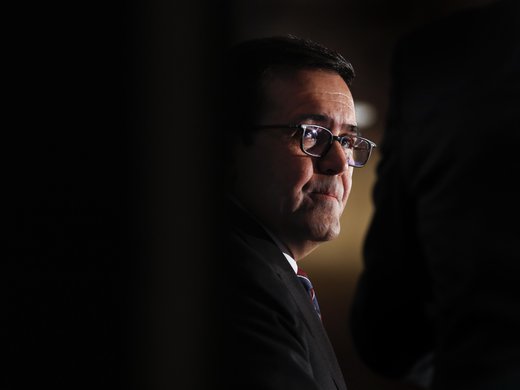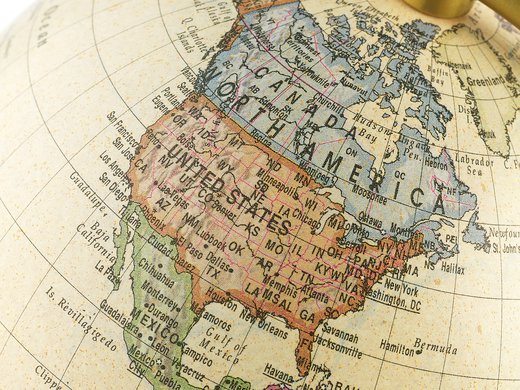The North American Free Trade Agreement (NAFTA) is gone. Say hello to the United States-Mexico-Canada Agreement, or USMCA for short.
Following more than a year of intense negotiations, Canada, Mexico and the United States have reached an agreement that is both good and bad news for the Canadian economy. That said, markets in Canada jumped after the news, likely due to relief that President Donald Trump won’t follow through on his threat to impose a 25 percent tariff on Canadian-made autos. The deal isn’t fully approved yet — it still needs to be ratified by legislatures in all three countries.
Automobiles
A key component of the agreement involving automobiles can be considered a positive for Canada; in order to qualify for zero tariffs, 75 percent of a car’s parts must be made in the three countries, up by 12.5 percent from the current 62.5 percent restriction. In addition, 30 percent of the manufacturing of a car will need to be completed by workers earning $16 an hour, moving up to 40 percent by 2023.
According to Clifford Sosnow, an Ottawa-based international trade law specialist and partner at Fasken, the change is a win for American and Canadian auto sectors because it means that more car manufacturing will move away from Mexico and into the United States and Canada. It also would likely reduce the amount of an automobile that can be made using parts from China, Malaysia and Vietnam, he added.
However, the new rules could be so complex that some auto manufacturers might simply disregard the parameters for zero tariffs and decide instead to accept a 2.5 percent World Trade Organization (WTO) standard tariff for parts.
“It may be so complicated to get to the 75 percent, involving tracing issues and involving lawyers that they may say let’s forgo NAFTA 2.0 and go with the WTO 2.5 tariff threshold,” Sosnow said.
The agreement also relieves worries for now that the United States would cite national security concerns to impose a 25 percent tariff on Canadian automobiles entering the United States, a duty that Sosnow suggests would be “devastating for the Canadian auto sector, sending Canada immediately into recession.”
The agreement includes a provision that prohibits the United States from imposing a tariff on Canadian autos entering the United States based on national security grounds, unless the number of automobiles entering the country exceeds a specific quota. Even then, Sosnow points out, exceeding the quota would trigger a six-month consultation period, during which no tariffs could be implemented.
Dispute Settlement
Canada also was able to maintain NAFTA’s Chapter 19 dispute resolution mechanism, which allows panels with experts from participating countries to meet and resolve anti-dumping and other duty-related disputes. The Trump administration was pushing for such disagreements to move through the US Court of International Trade, which focuses on cases involving the application of US trade laws.
Dairy
A potential loss for Canadian farmers involved a requirement for Canada to open up its milk market to the United States. The deal requires Canada to eliminate a domestic pricing scheme for imported “class 7” dairy products, ultra-filtered milk solids used to make cheese, skim milk powder and infant formula. Sosnow suggested that the change was a big win for US dairy farmers in Wisconsin and New York, who now have access to a new market of Canadian ultra-filtered milk processors.
The change could represent a major loss for dairy farmers in Quebec and Ontario, although the Canadian government is considering whether to compensate producers for a loss in business.
“It’s a restoration of the way things were before Canada introduced class 7 dairy products,” Sosnow said. “I don’t think you will see a flooding of US dairy products into the Canadian market, but you could see an increase of butter and cheese products.”
So far, the American and Canadian markets have reacted favourably to the deal.
“For Canada the question becomes, ‘Is the deal a positive compared to what might have been?’” Sosnow said. “It creates some certainty, and we still have NAFTA in its basic form, while the integration of markets remains in place. We’ve avoided the dark result of a 25 percent [auto] tariff.”
For more articles on the USMCA follow CIGI’s growing collection of research and analysis.



